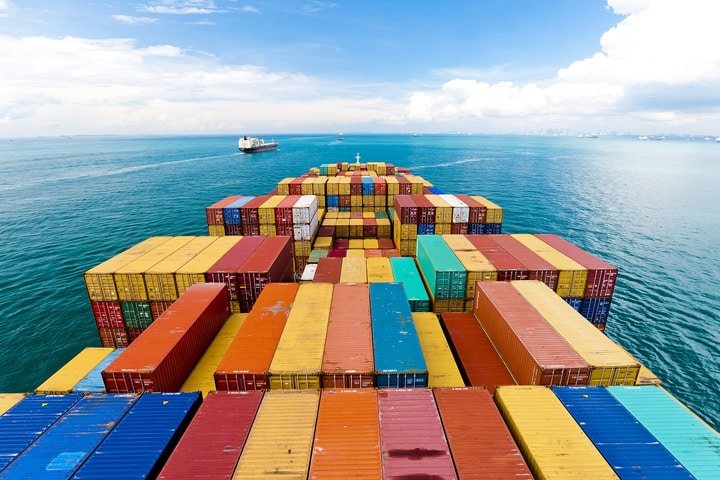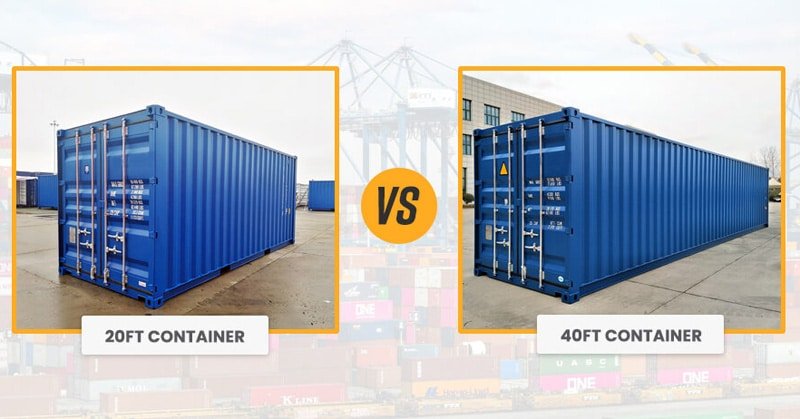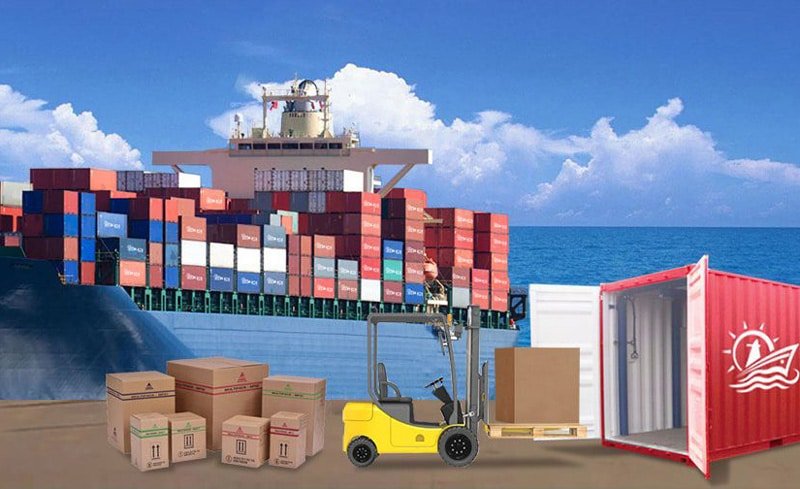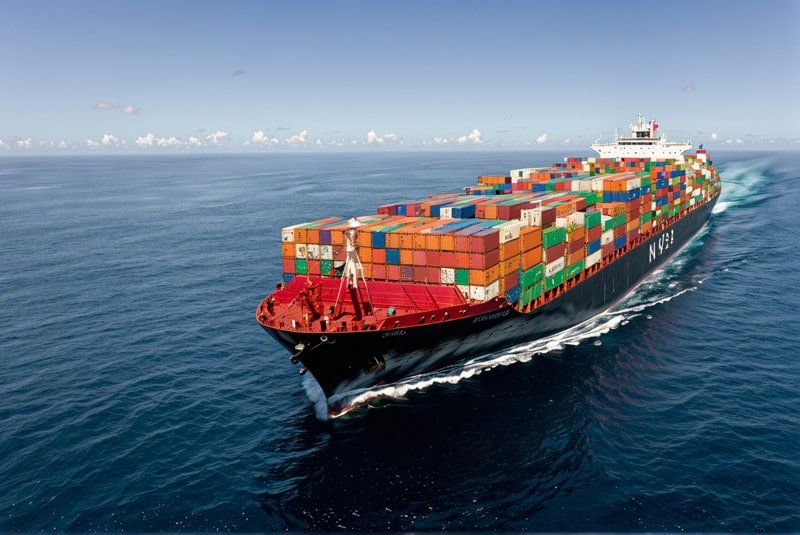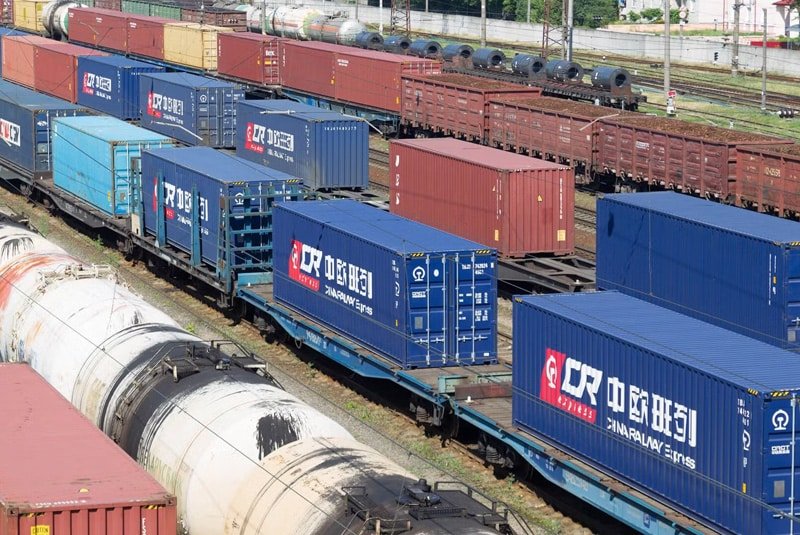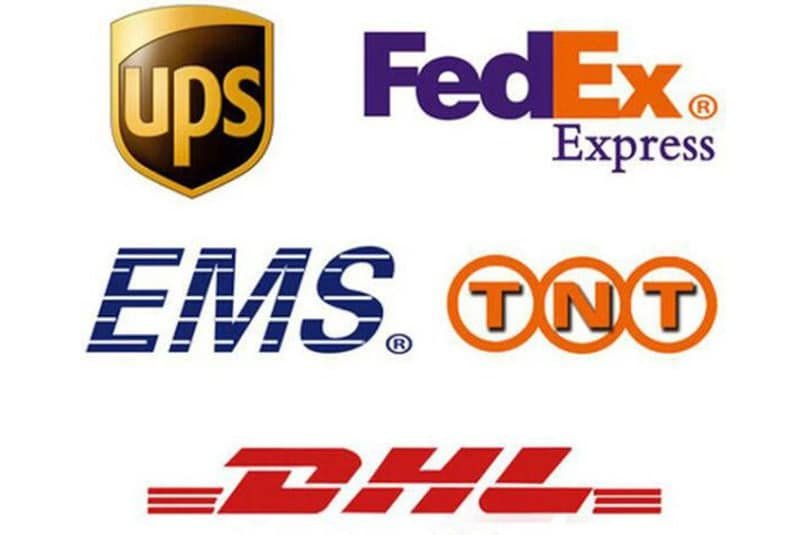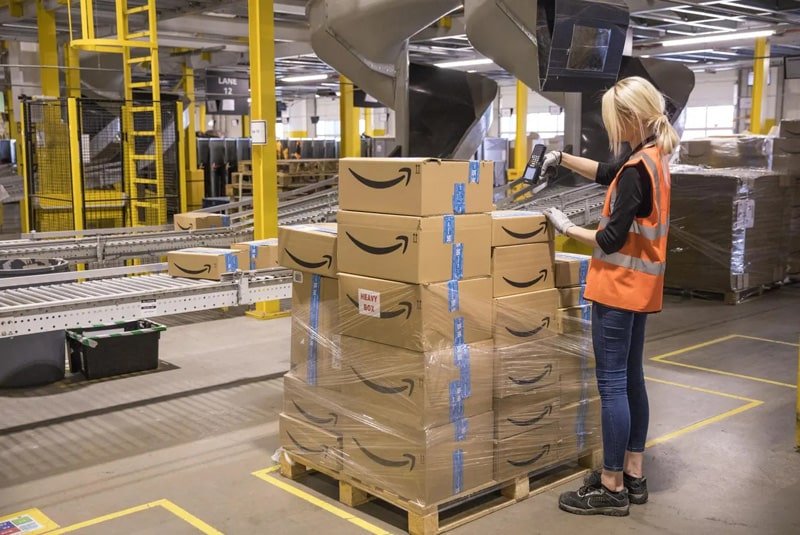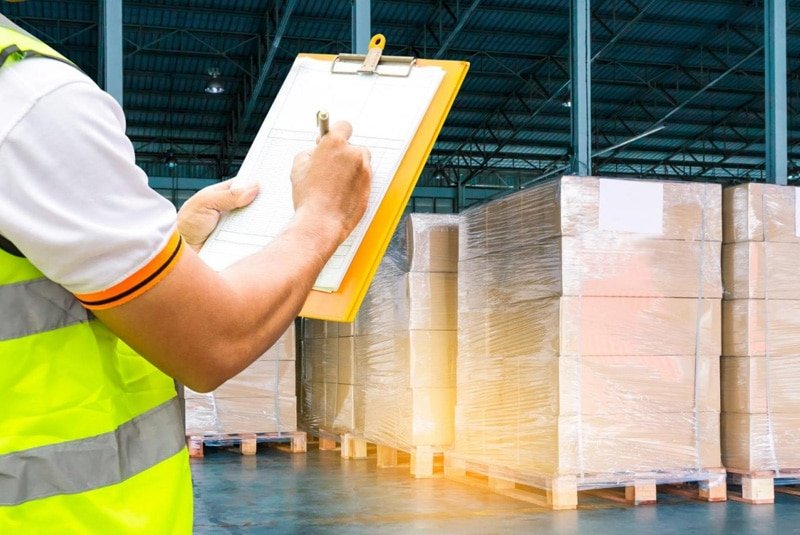Explore ocean and shipping logistics services here, the lifeblood of global trade. All freight solutions Here is the object of this article. Discover trends, challenges and innovations that define the changing face of ocean transport.
Introduction
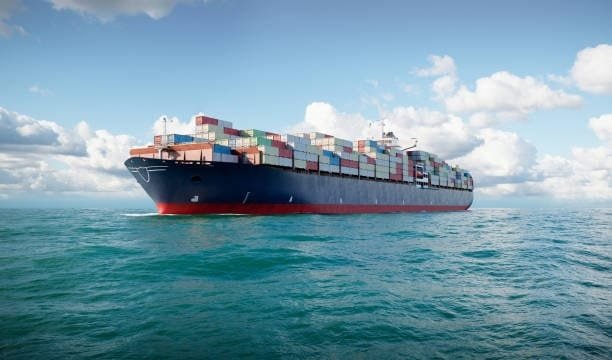
With more than 80% of the world’s goods crisscrossing maritime trade routes, ocean shipping is a critical backbone of global trade. Serving as the backbone of international commerce, it enables the movement of raw materials, manufactured products additional services, and vital goods, propelling economies ahead. Ocean shipping is constantly developing, embracing technology, other THC logistics services, and freight solution advances that increase efficiency, sustainability, and economy in this field.
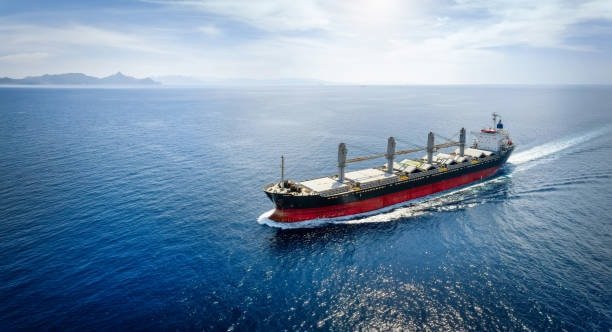
In this article, we look at why ocean shipping is so important, how it works, different ocean freight rates, solutions, challenges and the future of maritime freight shipping.
Definition of Sea Freight
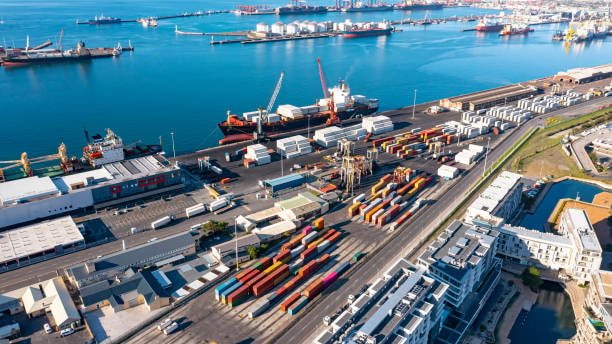
Sea freight (ocean freight same container only) is the process of shipping goods over water. Accommodates large and various shipments of heavy goods and makes use of cargo ships and shipping containers, allowing global trade.
Importance of Sea Freight in Global Trade
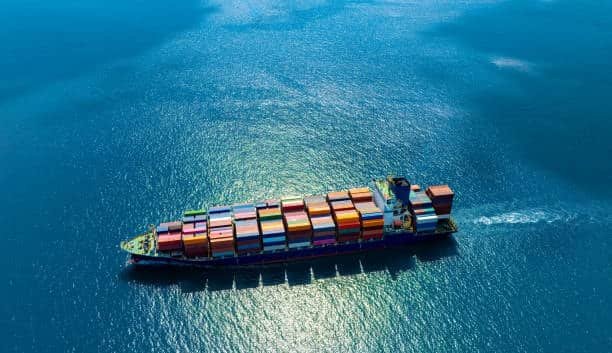
Sea freight is a key driver of global commercial activity moving more than 90% of the world’s shipments by volume. It provides cost saving and also aids industries such as automotive, electronics and apparel. For instance, as the world’s No. 1 exporter, China depends on sea and air freight to maintain functioning global supply chains, and economic growth.
Why Choose Sea Freight from China?
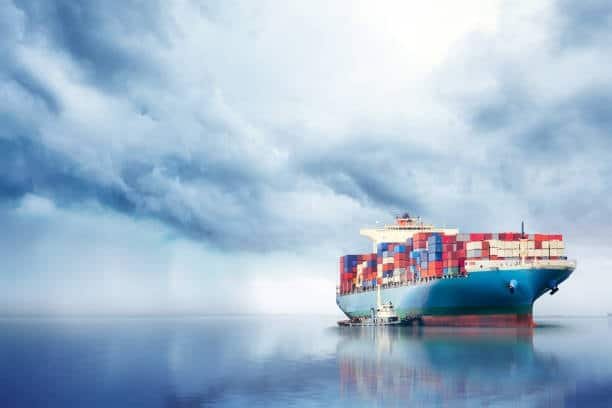
Advantages of Sea Freight from China
- Cost-Effectiveness
China sea freight is much cheaper than air freight. It also helps that shipping to the US can cost up to 75% less for 40ft containers, which is an additional incentive for businesses.. - Capacity for Large Shipments
Businesses can transport bulk goods more efficiently on high-capacity cargo ships. It is especially helpful for the manufacturing and retail sectors, which regularly ship large quantities. - Major Port Accessibility
China boasts some of the most advanced and busiest ports in the world, like Shanghai, Shenzhen and Ningbo-Zhoushan. With natural links to global shipping routes for faster and smoother operations, the ports make India an integrated destination.
The Importance of Ocean Shipping in Global Trade
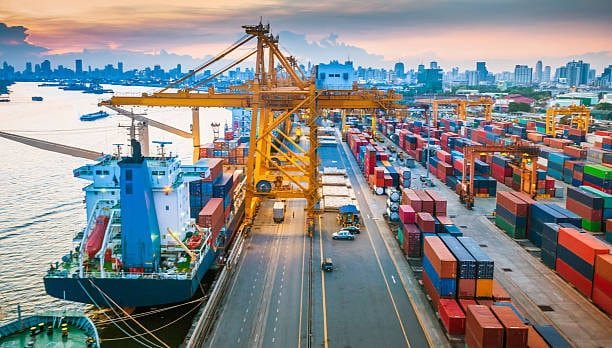
For centuries, ocean shipping has underpinned global trade, knitting together markets thousands of miles apart. It is significant for world’s trade for a number of key reasons:
- Cost-Effective: Ocean shipping is the most economical mode of transport for large volumes of products over long site distances when compared to air freight.
- Mass Transport Capacity: Large ships can transport huge volumes of cargo, such as crude oil and natural gas, consumer products and cars.
- Global Connectivity: Ports play a vital role in trading around the world, connecting suppliers, manufacturers, and consumers.
- Critical Supply Lines: Many industries, such as retail, automotive and construction, rely on ocean shipping for a constant stream of raw materials and finished goods.
Key Players in Ocean Shipping

Various bodies work to ensure the smooth and reliable conduct of worldwide ocean shipping:
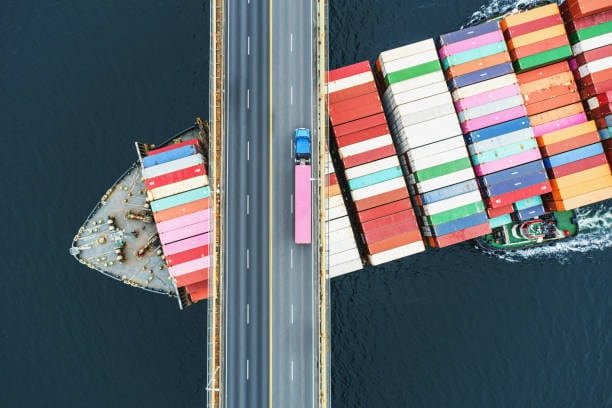
- Shipping Lines – Companies such as Maersk, MSC, and COSCO ship entire fleets of container ships, tankers, and bulk carriers.
- Deliveries & Freight Forwarders – Freight Forwarders (intermediaries) control the delivery procedure and facilitate smooth coordination between shippers, carriers, and ports.
- Port Authorities – Ports assist in cargo handling, customs clearance and storage.
- Some Examples of Affected Sectors include: Customs and Regulatory Bodies – International trade regulations, customs duties, and import/export policies impact ocean shipping operations.
The Ocean Freight Process
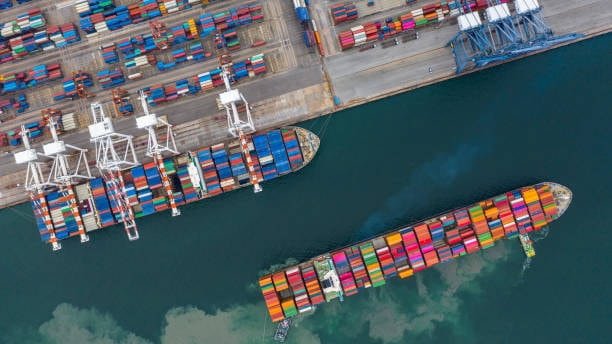
There are a few other modes and main steps in transporting cargo by ocean freight, including:
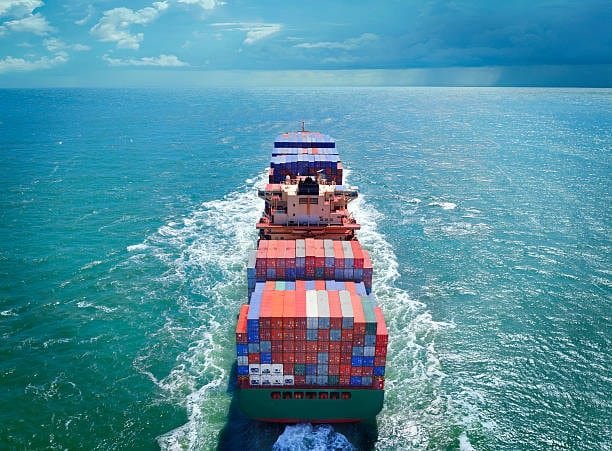
- Order Processing – The shippers arrange their transportation, specify the carrier, and prepare the necessary documentation including the bill of lading (B/L), packing list, and commercial invoice.
- Cargo consolidation and loading – At warehouses or consolidation centers, goods are packed into containers and loaded onto ships at ports.
- Ocean transit – based on previously determined shipping routes, usually crossing international waters with compliance to the current maritime law.
- Customs Clearance – Once the goods reach the port of destination, they are inspected for customs and may be assessed a duty.
- Last Mile – Transporting the cargo from the port to its destination through either road or rail logistics.
Types of Ocean Freight Solutions
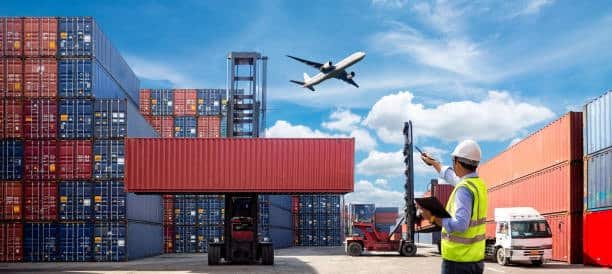
Not all ocean and other shipping services, rates and solutions are same; various freight forwarding solutions are available as per the cargo type and shipping requirement.
1. Container Shipping
- Full Container Load (FCL): Cargo belongs to a single shipper and takes up the entire container, minimizing handling risks.
- Less than Container Load (LCL): Cargo from several shippers is grouped into a single container.
2. Bulk Shipping
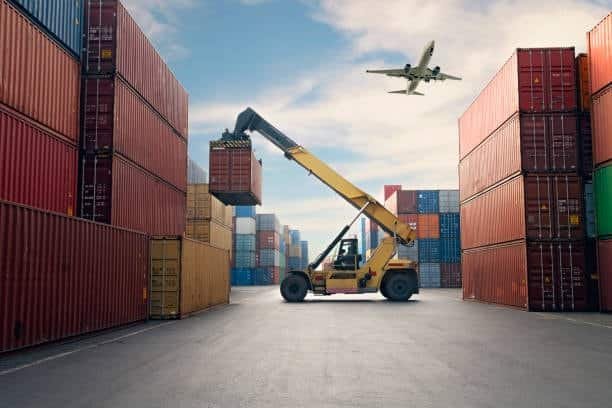
- In bulk carriers specialized for carrying large quantities of unpacked volumes.
3. Roll-On/Roll-Off (RoRo) Shipping
- Wheeled cargo such as cars, trucks, and heavy machinery can be driven on and off vessel.
4. Tanker Shipping
- Liquid cargo such as crude oil, petroleum, chemicals and liquefied natural gas (LNG)
Challenges in Ocean Shipping
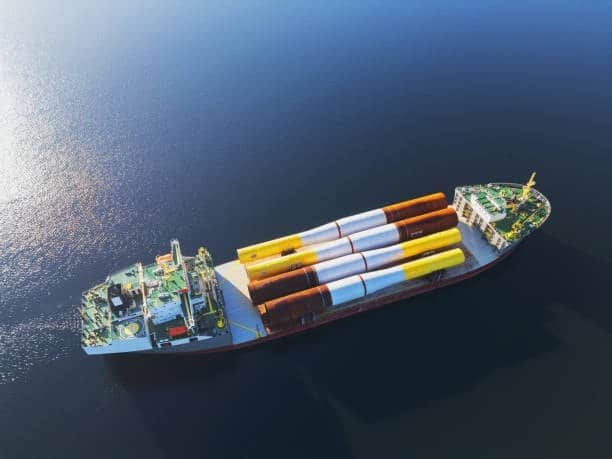
The ocean shipping industry does have its challenges, however, despite these advantages:
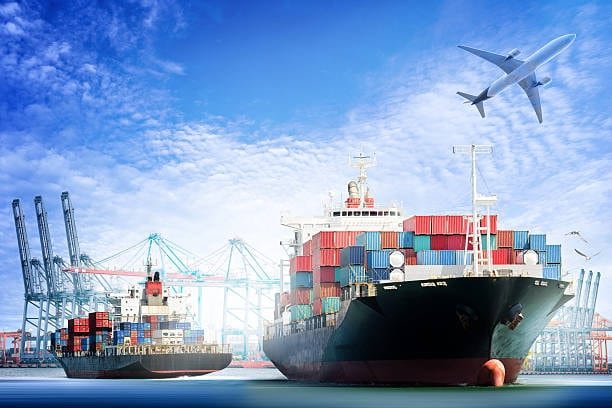
- Disruptions in Shipping: Geopolitical unrest, natural disasters, and worldwide pandemics are a threat to shipping routes and timings.
- Port Congestion: Major ports are congested, building delays and costs.
- Environmental Regulations: Investment in the technologies required to comply with stricter emissions and fuel standards.
- piracy and security threatsSome shipping lanes are at risk from piracy and maritime crime, causing a need for enhanced security measures
- Variable Costs of Shipping Freight: Freight rates are affected by demand in the market, prices of fuel, and economic conditions.
Technological Advancements in Ocean Shipping
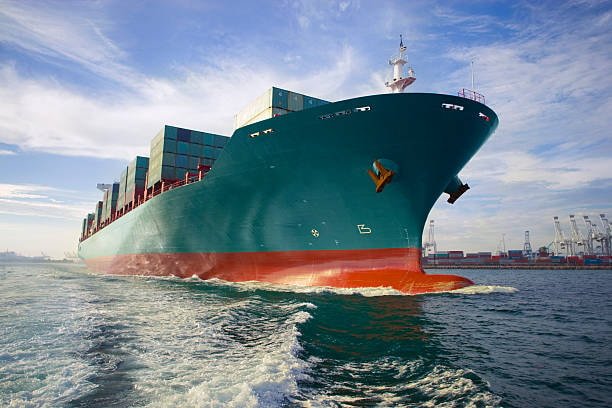
The industry is integrating comprehensive range of advanced technologies to overcome these challenges and drive efficiency:
- AI-Driven Automation: Automation set a new pace for businesses, fast tracking operations and cutting downs on turnaround time
- Blockchain for Transparency – Provides secure and tamper-proof records to increase accuracy of tracking and documentation.
- Alternative Fueled/Dual Fuel Vessels: LNG (Liquefied Natural Gas) powered vessels, wind assisted propulsion and other alternative fuels help to minimize carbon footprints.
- BIG DATA AND INTERNET OF THINGS (IOT) — In order to optimize shipping logistics, goods can be monitored and tracked in real time shipping rates.
The Future of Ocean Shipping
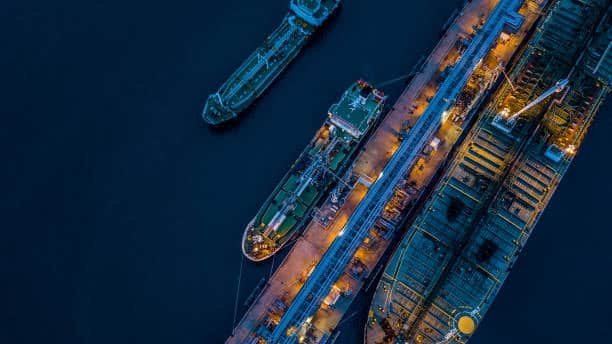
Digitalisation, sustainability and changing trade policies are shaping the future of ocean shipping. Key trends include:

- Heavily Automated Processes: From autonomous vessels to AI logistics, global trade will undergo a seismic change.
- Eco-Friendly Shipping: Tougher emissions targets drive the industry toward renewable energy sources.
- Increasing Sea Lanes: Adjusting to climate change, ice caps melt, providing access to shipping in between.
- Smart Supply Chains: AI, IoT, and blockchain will work together to boost operational efficiency and cargo tracking customs brokerage.
Conclusion
Ocean Freight Shipping Is Critical in Some Roles for Global Trade, and Keeps Economies Connected and Industries Supplied The the inland transportation industry is still facing challenge but technology and sustainable innovation shape the promise for better operational efficiencies, cost efficiency and environmental footprint cargo insurance. The ocean shipping dry cargo industry will also adapt, and its role in bolstering international trade and economic development will only increase as global commerce evolves. In a rapidly evolving global landscape, businesses and stakeholders need to stay informed and adopt modern shipping solutions to maintain a competitive edge.



